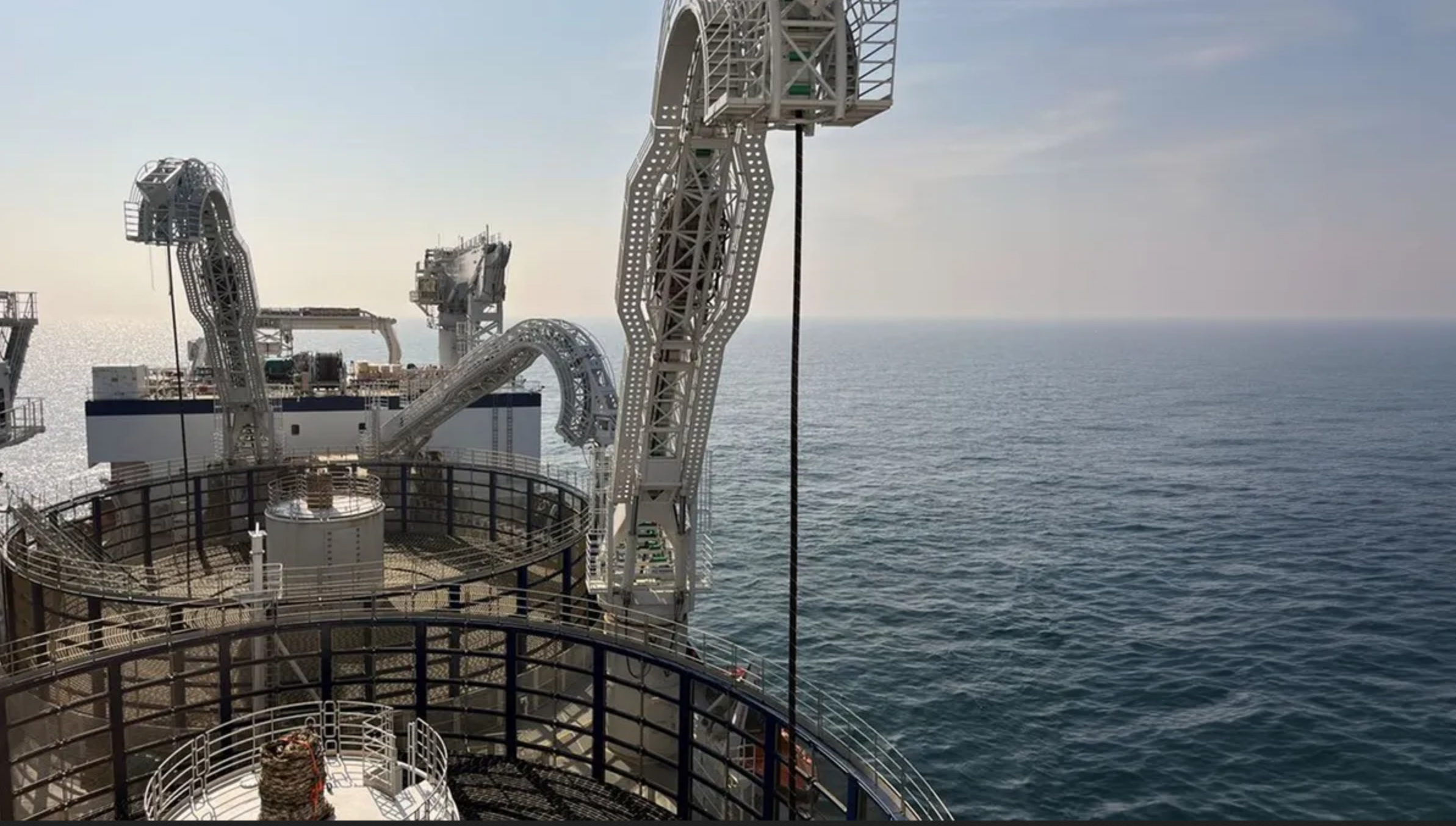Carl Sagan called the galaxies the “cosmic ocean” and it is a fitting metaphor. What could be more exciting, dangerous and challenging at the same time? Not since Columbus gazed across the ocean and had an inkling that the world might be round, has humanity been on the verge of such an exciting mission of exploration.
Last August, NASA and 11 other space agencies, all members of the International Space Exploration Coordination Group (ISECG), published the most recent version of their shared science and space exploration goals, also known as the Global Exploration Roadmap (GER).
GER details how inter-agency discussions, missions and strategies are to be coordinated, all with a view to laying the foundation for long-range human space exploration. The organization is working to identify feasible and sustainable space exploration of the moon, near Earth asteroids and Mars. Space agencies from Italy, France, Canada, Germany, India, Japan, Korea, Ukraine, Russia and the United Kingdom plus the European Space Agency will now partner with NASA and be part of its “unified deep space exploration strategic plan.”
The following graphic lays out the Global Exploration Roadmap.
Global Exporation Roadmap Summary
- develop exploration technologies and capabilities that will allow humans to live in low earth orbit and beyond
- engage the public in space exploration
- enhance earth safety through planetary defense and orbital debris management
- increase the number of destinations where humans can live and work, whether on space stations or planets
- continue to advance science, so as to enable human space exploration
- conduct space, earth and applied science, especially in unique environments in our solar system
- search for life
- continue to stimulate economic expansion through technology transfer to private industry and the public, so as to improve the quality of life for humanity.
New Commercial Endeavors On The Moon
NASA has found that it’s work with private companies SpaceX and Orbital Scientists on the International Space Station (ISS) has shown that public-private cooperation in lower earth orbit is a model that can likely be used on the moon. For that reason, NASA has moved forward with a number of private companies to design and develop equipment needed to reach and explore the Moon.
Last month NASA shortlisted three private moon lander designs from Astrobotic Technology, Inc., Masten Space Systems, Inc. and Moon Express, Inc. (see featured image at top of article). The lander chosen will spearhead a return to the Moon.
Related articles on IndustryTap:
- NASA’s Robonaut Inspires Tech Advances
- NASA’s Orion Spacecraft Completes First Test Flight… Begins Preparations To Take Astronauts To Mars
- NASA’s New No Flap, Jointless Wings
References and related links:






